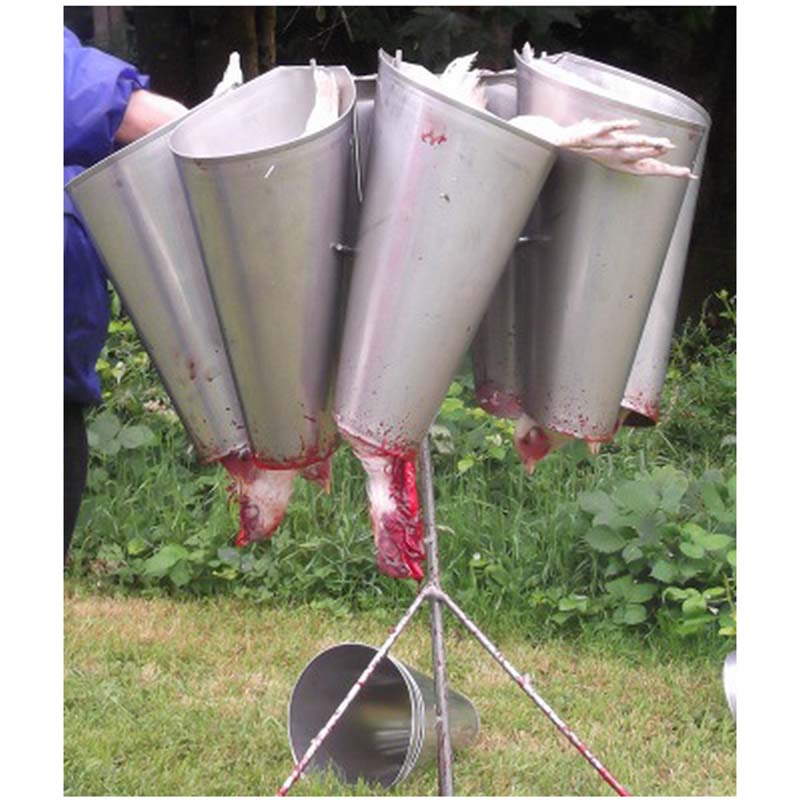Welfare Concerns and Alternatives for Caged Poultry Farming Practices
Dec . 11, 2024 10:43 Back to list
Welfare Concerns and Alternatives for Caged Poultry Farming Practices
The Reality of Caged Poultry Farming
In the modern agricultural landscape, the poultry industry has become a cornerstone of global food production, providing billions of eggs and countless kilograms of meat every year. However, as demand for poultry products has surged, so has scrutiny over the methods employed in their production. One of the most contentious issues is the use of caged systems for raising poultry, particularly laying hens. This article delves into the controversial practices of caged poultry farming, exploring its implications for animal welfare, environmental sustainability, and food safety.
Caged poultry farming predominantly refers to systems where hens are confined in small enclosures, limiting their natural behaviors. The most common type of caged system is the battery cage. These cages typically house multiple hens together, providing minimal space for movement. In an ideal world, laying hens would roam freely in open pastures, foraging for food and dust bathing—behaviors that are natural and essential for their well-being. However, the reality in battery cages is starkly different. These hens are often denied the opportunity to engage in such activities, leading to significant welfare concerns.
One of the primary criticisms of caged poultry farming is its impact on animal welfare. Research has shown that hens in battery cages frequently exhibit signs of stress and discomfort. They often experience physical ailments such as weakened bones due to the inability to exercise properly. Moreover, the overcrowded conditions can lead to aggressive behaviors, pecking, and injuries among the birds. Animal welfare organizations have been vocal in advocating for cage-free systems, where hens are allowed more space and freedom to move about, promoting better mental and physical health.
caged poultry

On the environmental front, caged poultry farming presents its own set of challenges. Intensive farming practices, including high-density cage systems, contribute to significant waste production, which can contaminate local soil and water sources if not managed properly. Additionally, the overuse of antibiotics in these systems raises concerns about antibiotic resistance, potentially affecting human health. Sustainable poultry farming practices, including organic and free-range systems, are increasingly gaining traction as consumers become more aware of these issues and demand higher welfare standards.
The economic aspect cannot be overlooked either. While caged systems may initially seem cost-effective for producers—allowing them to maximize yields and reduce space requirements—the long-term costs may tell a different story. Consumer preferences are shifting towards ethically sourced products, leading some producers to rethink their practices. Cage-free eggs, for instance, often command higher prices in the market, reflecting consumer willingness to pay for products perceived as more humane. As more companies commit to phasing out battery cages, the poultry industry is slowly adapting to meet this changing demand.
One of the significant challenges in transitioning away from caged systems is the implementation of existing alternatives. While free-range and organic farming systems offer benefits in terms of animal welfare and environmental sustainability, they also come with their own set of complexities. These systems require more land, greater management skills, and increased costs for producers. While governments and organizations are beginning to provide support for farmers looking to make this transition, a comprehensive strategy is necessary to ensure that the shift is viable and beneficial for all stakeholders involved.
In conclusion, caged poultry farming continues to be a polarizing issue, reflecting broader societal concerns about animal welfare, environmental sustainability, and food safety. As awareness grows and consumer preferences shift, the industry faces a critical juncture. The movement toward cage-free systems represents more than just a change in farming practices; it embodies a larger dialogue about the way we treat animals and the impact of our food choices on the planet. Ultimately, the future of poultry farming will depend on our collective ability to balance humane practices with economic realities, creating a system that respects animal welfare while meeting the needs of a growing population. With continued advocacy and innovation, it is possible to cultivate a more ethical and sustainable poultry industry that benefits everyone involved.
-
Hot Sale 24 & 18 Door Rabbit Cages - Premium Breeding Solutions
NewsJul.25,2025
-
Automatic Feeding Line System Pan Feeder Nipple Drinker - Anping County Yize Metal Products Co., Ltd.
NewsJul.21,2025
-
Automatic Feeding Line System Pan Feeder Nipple Drinker - Anping County Yize Metal Products Co., Ltd.
NewsJul.21,2025
-
Automatic Feeding Line System - Anping Yize | Precision & Nipple
NewsJul.21,2025
-
Automatic Feeding Line System - Anping Yize | Precision & Nipple
NewsJul.21,2025
-
Automatic Feeding Line System-Anping County Yize Metal Products Co., Ltd.|Efficient Feed Distribution&Customized Animal Farming Solutions
NewsJul.21,2025






